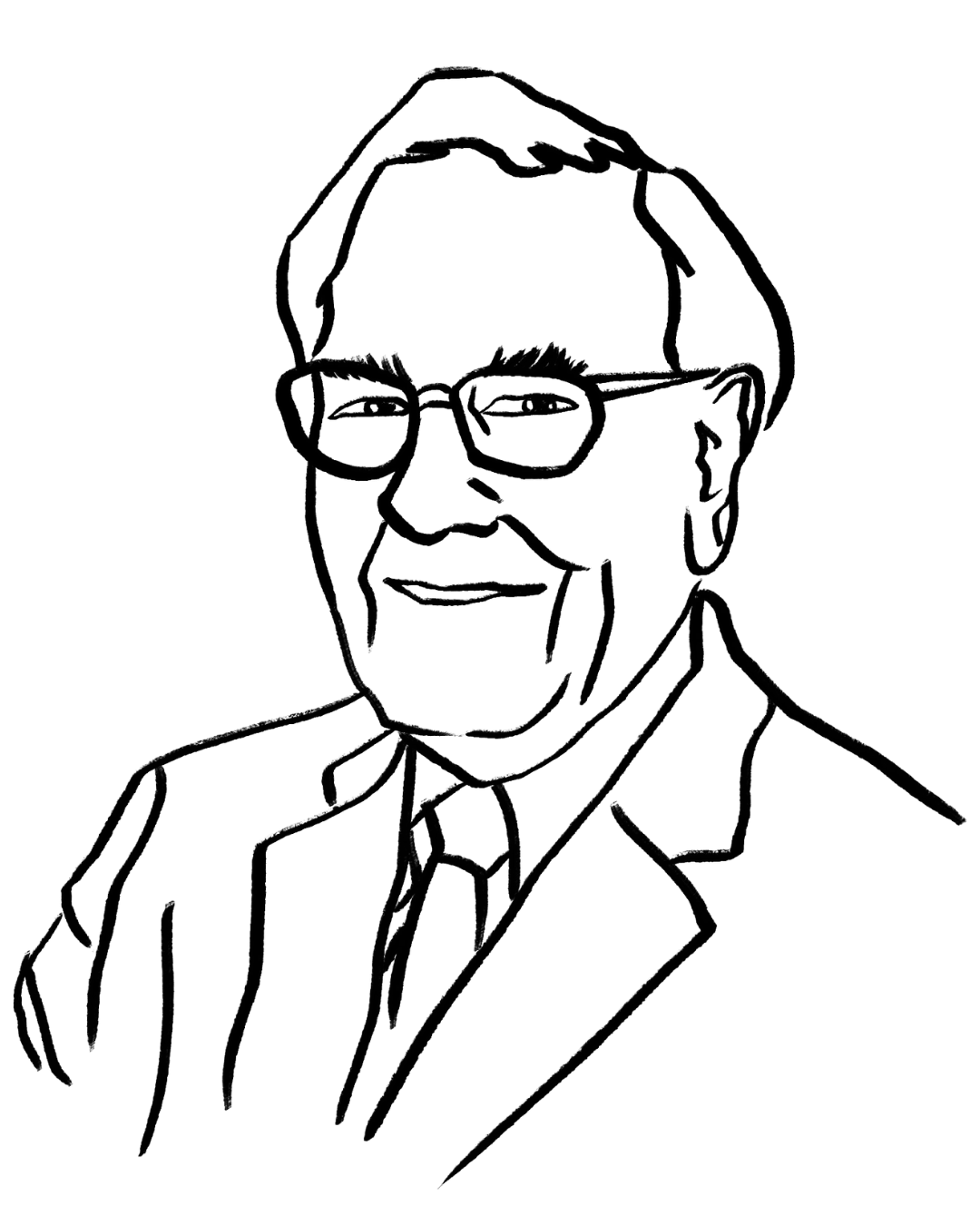Compounding: The Eighth Wonder of the World

Compounding: The Eighth Wonder of the World
Introduction
"Compound interest is the eighth wonder of the world. He who understands it, earns it; he who doesn't, pays it." This quote, often attributed to Albert Einstein, encapsulates the extraordinary power of compounding. In the realm of investing, compounding stands as perhaps the most potent force available to the average investor, capable of transforming modest, consistent investments into substantial wealth over time.
Understanding the Magic of Compounding
At its core, compounding is a simple concept: you earn returns not just on your initial investment, but also on the accumulated returns from previous periods. This creates a snowball effect where your money grows at an accelerating rate over time.
The mathematical formula for compound interest is:
A = P(1 + r)^t
Where:
- A is the final amount
- P is the principal (initial investment)
- r is the rate of return (expressed as a decimal)
- t is the time period in years
What makes compounding truly magical is the exponential growth it produces, particularly over long time horizons. While linear growth adds the same amount each period, exponential growth from compounding multiplies your investment at an increasing rate.
SIP: Harnessing Compounding Through Systematic Investing
A Systematic Investment Plan (SIP) is a method of investing a fixed amount at regular intervals. It's the perfect vehicle to harness the power of compounding, as it enforces discipline and takes advantage of market fluctuations through rupee-cost averaging.
A Historical Example: The 30-Year SIP Journey (1994-2024)
Let's examine a real historical example to demonstrate the extraordinary power of compounding through an SIP. We'll follow an investor who began investing ₹3,000 monthly in December 1994 and continued diligently until December 2024—a full 30-year period.
For this example, we'll use the BSE Sensex as our benchmark, which has delivered an average annual return of approximately 13.7% over this period (including dividends reinvested).
The Investment Journey
- Initial monthly investment: ₹3,000
- Investment period: 30 years (Dec 1994 - Dec 2024)
- Total amount invested: ₹10,80,000 (3,000 × 12 × 30)
Results After Different Time Periods
After 5 years (Dec 1999):
- Amount invested: ₹1,80,000
- Approximate value: ₹2,24,000
- Growth: ₹44,000 (24.4%)
After 10 years (Dec 2004):
- Amount invested: ₹3,60,000
- Approximate value: ₹5,35,000
- Growth: ₹1,75,000 (48.6%)
After 20 years (Dec 2014):
- Amount invested: ₹7,20,000
- Approximate value: ₹27,16,000
- Growth: ₹19,96,000 (277%)
After 30 years (Dec 2024):
- Amount invested: ₹10,80,000
- Approximate value: ₹1,24,65,000
- Growth: ₹1,13,85,000 (1,054%)
The Power of Time: Breaking Down the Growth
What's remarkable about the above example is how the growth accelerates over time:
- First 10 years: The investment grew by ₹1,75,000
- Next 10 years: It grew by an additional ₹21,81,000
- Final 10 years: It grew by an astonishing ₹97,49,000
This clearly demonstrates that in compounding, the early years lay the foundation, but the later years deliver the most spectacular results. The growth in the final decade is 55.7 times greater than the growth in the first decade!
Key Insights from Our SIP Example
- The Later Years Matter Most: Note how the investment value increased by ₹97.49 lakhs in just the last decade, compared to only ₹1.75 lakhs in the first decade. This dramatic acceleration is the essence of compounding—your money works harder as time passes.
- Consistency Trumps Timing: Our hypothetical investor experienced multiple market cycles, including:
- The dot-com crash (2000-2002)
- The global financial crisis (2008-2009)
- The COVID-19 market crash (2020)
- Small Amounts Can Generate Substantial Wealth: A monthly investment of just ₹3,000—less than what many spend on dining out each month—grew to over ₹1.24 crore. This transformation of a modest sum into significant wealth exemplifies how compounding makes wealth creation accessible to average earners.
Practical Lessons for Investors
- Start Early: The single most important factor in compounding is time. Even if you can only invest small amounts, beginning early dramatically increases your wealth-building potential. An investor who starts at 25 instead of 35 can accumulate significantly more wealth with the same monthly investment.
- Stay Invested: Compounding requires patience. The temptation to withdraw funds during market volatility or for short-term expenses can severely impact long-term growth. As our example shows, the most dramatic growth occurs in the later years.
- Increase Contributions When Possible: While our example used a constant ₹3,000 monthly investment, increasing your SIP amount as your income grows can further accelerate wealth creation. Even small increases of 5-10% annually can significantly boost final returns.
- Reinvest Dividends and Gains: True compounding requires reinvesting all returns. Whether through dividend reinvestment plans or growth-oriented mutual funds, ensure your returns generate their own returns to maximize the compounding effect.
Conclusion
Compounding truly is the eighth wonder of the world for investors. Our 30-year SIP example demonstrates how consistent, disciplined investing—even with modest amounts—can create substantial wealth over time. The power of compounding doesn't require complex investment strategies, large initial capital, or perfect timing. It requires only consistency, patience, and time.
As you develop your investment strategy, remember that the most powerful investment tool isn't market timing or stock picking prowess—it's your ability to harness time through the extraordinary power of compounding.
Statutory Disclaimer
Important: This article is for informational and educational purposes only and should not be construed as investment advice or a recommendation to buy or sell any securities. The historical performance data used in this example is based on the BSE Sensex returns and is intended for illustrative purposes only. Past performance is not indicative of future results. Market returns can vary significantly from historical averages, and investments may lose value.
Mutual fund investments are subject to market risks. Please read all scheme-related documents carefully before investing.




